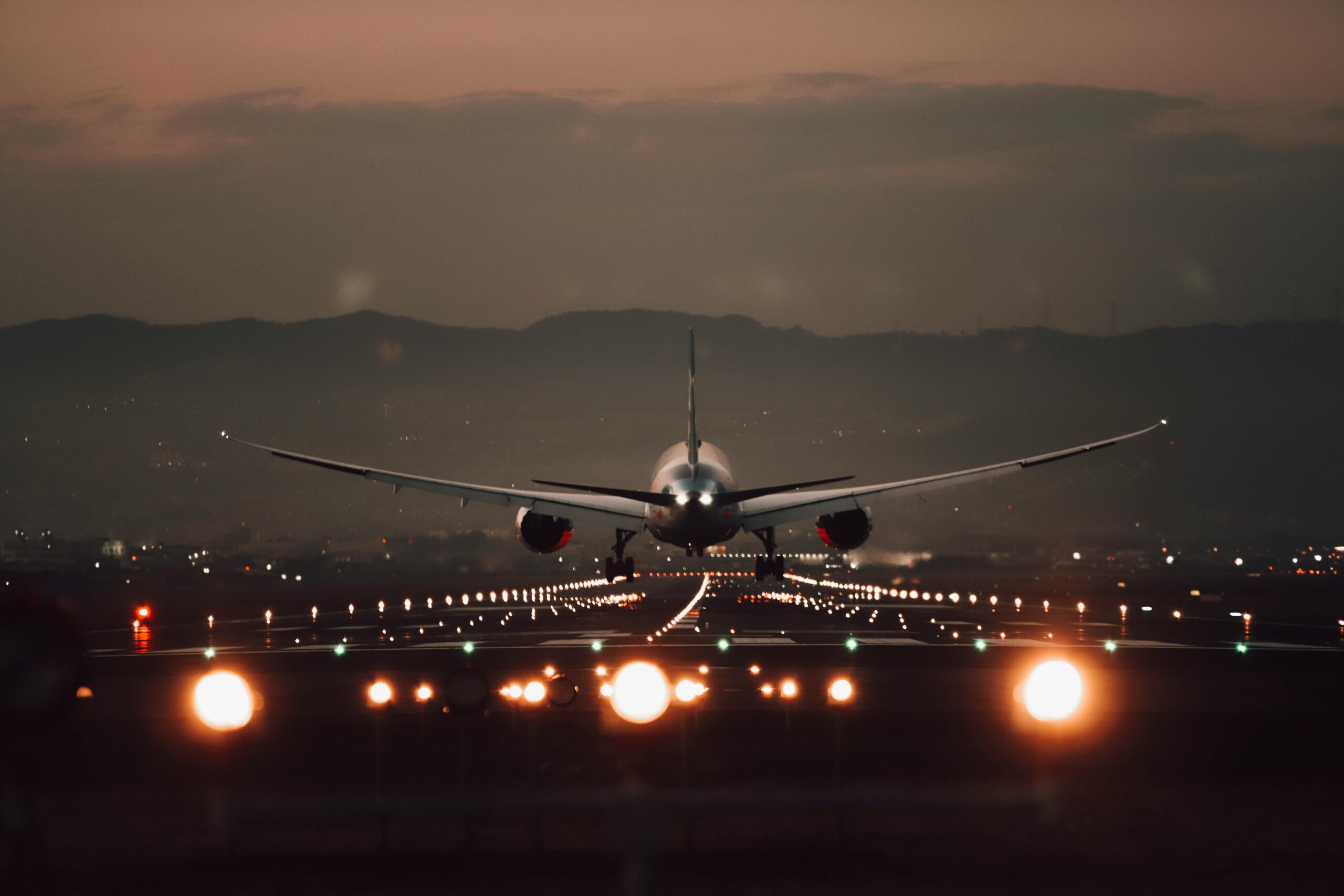

LIGHT SOURCES
Transportation
AIRPORTS
Often located outside urban areas, airports introduce high levels of lighting to less populated regions due to their extensive runways and taxiways, and to the apron lighting required for nighttime safety. This creates a conflict between safety needs and environmental concerns.
TRAIN STATIONS
Train stations, like Leipzig’s central Hauptbahnhof, generate significant light pollution too. Located in the city centre, it remains brightly lit overnight for safety and tourism reasons, facing few restrictions. Deutsche Bahn, Germany’s national railway company, has acknowledged light pollution concerns, though public discussion often centres on residential disturbances.
HIGHWAYS AND PORTS
Similarly, highway toll stations, rest areas, and campgrounds are well lit to ensure visibility and safety, but they therefore contribute to light pollution, especially in rural areas. Ports too require intense lighting for vessel navigation and cargo handling, further affecting nearby environments. While such lighting is essential for operations, its environmental impact highlights the need for balanced and sustainable solutions.
This repository is managed by INAF as part of the Interreg Central Europe project DARKERSKY4CE, co-funded by the European Union. The views and opinions expressed herein are those of the authors and do not necessarily reflect those of the European Commission. Whilst INAF takes every precaution to ensure that the content is accurate, INAF cannot guarantee that all information or data on the website is correct. Therefore, INAF accepts no responsibility or liability whatsoever with regard to the information or data on the website or for any use which may be made of it.
